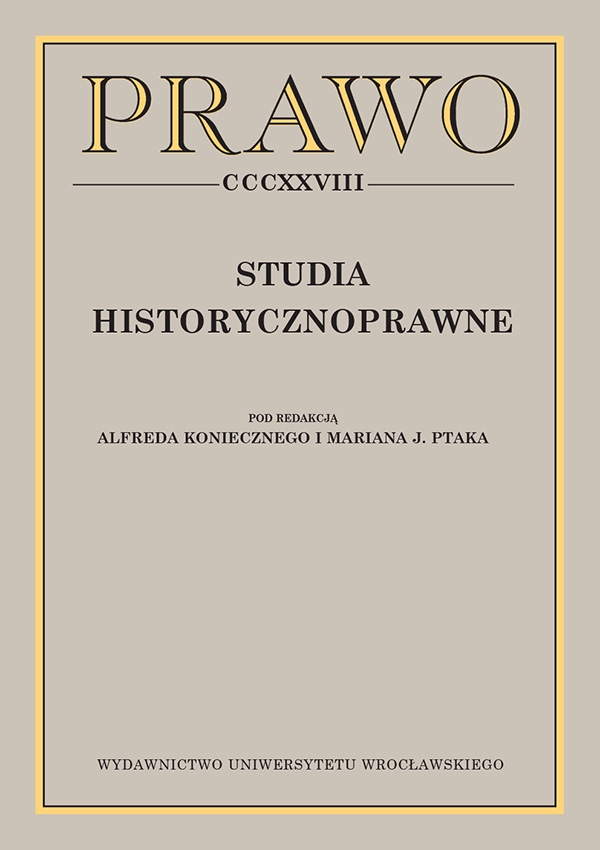

Articles

Evolution of the right of appeal in the Polish Code of Criminal Procedure of 1928
The study is devoted to the evolution of the right of appeal in the Polish Code of Criminal Procedure of 1928. The author discusses the most important stages of the work on the draft code. He demonstrates that the Polish Code of Criminal Procedure of 1928 was characterised by the principle of three-level proceedings first instance, appeal and cassation, which was an important element of procedural guarantees. It should be noted that the proposal, repeatedly presented in the literature, to abolish appeal and transform three-level proceedings into two-level proceedings was not put into practice in the inter-war period.
After the end of the Second World War the legislator in communist Poland did keep the 1928 Code of Criminal Procedure in force, but new legislative acts were issued, constructing a special kind of two-level proceedings, which combined elements of appeal and cassation. Then, one of the elements of a major amendment to the Code of Criminal Procedure in 1949–1950 was the replacement of three-level proceedings including appeal and cassation, with two-level revision proceedings.
Die Evolution des Grundsatzes des Instanzenzuges in der polnischen Strafprozessordnung aus dem Jahre 1928
Die Bearbeitung wurde der Entwicklung des Grundsatzes des Instanzenzuges in der polnischen Strafprozessordnung aus dem Jahre 1928 gewidmet. Besprochen wurden die wichtigsten Etappen der Arbeit an dem Entwurf des Gesetzbuches. Es wurde bewiesen, dass der Grundsatz desdreiinstanzlichen Verfahrens Berufung und Kassation, der ein wichtiges Element der Verfahrensgarantien darstelle, für die polnische Strafprozessordnung aus dem Jahre 1928 charakteristisch war.
Der Gesetzgeber Volkspolens bewahrte zwar nach dem Ende des Zweiten Weltkrieges die Gesetzeskraft der Strafprozessordnung aus dem Jahre 1928, aber gleichzeitig gab er neue Rechtsakte heraus, in welchen er ein zweiinstanzliches Verfahren spezifischen Charakters konstruierte, das Elemente der Berufung und Kassation verband. Später war der völlige Verzicht auf das dreiinstanzliche Berufungs-Kassations-Verfahren ein der Elemente der grundsätzlichen Novellierung der Strafprozessordnung in den Jahren 1949-1950 zugunsten des zweiinstantionellen Revisionsverfahrens.